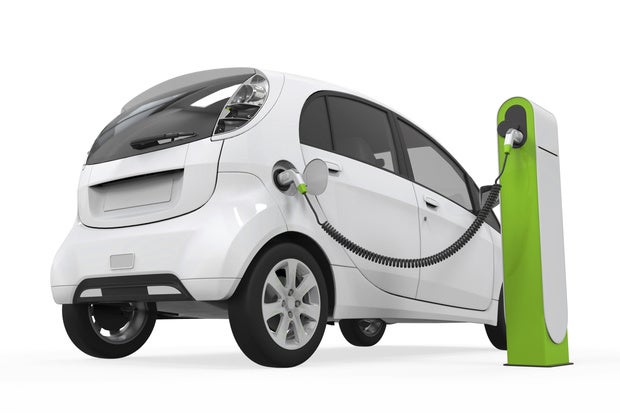
Did you know that almost half of American EV buyers are considering returning to gasoline vehicles? This hype trend is not entirely about nostalgia it’s a reaction to a cascade of practical pitfalls that have arisen as electric cars transition from pioneering zealots to the masses. The appeal of clean, quiet, and computerized driving is there, but so is the ache along with it.
As the EV revolution speeds up, the future is built upon opportunity and risk. From battery wear and charging station failures to surprise expenses and technology oddities, EV drivers today are flying blind in an environment still under development. Here’s an up-close examination of the most consequential challenges defining the real-world EV experience in 2025 and what they represent for those on the verge of taking the leap.
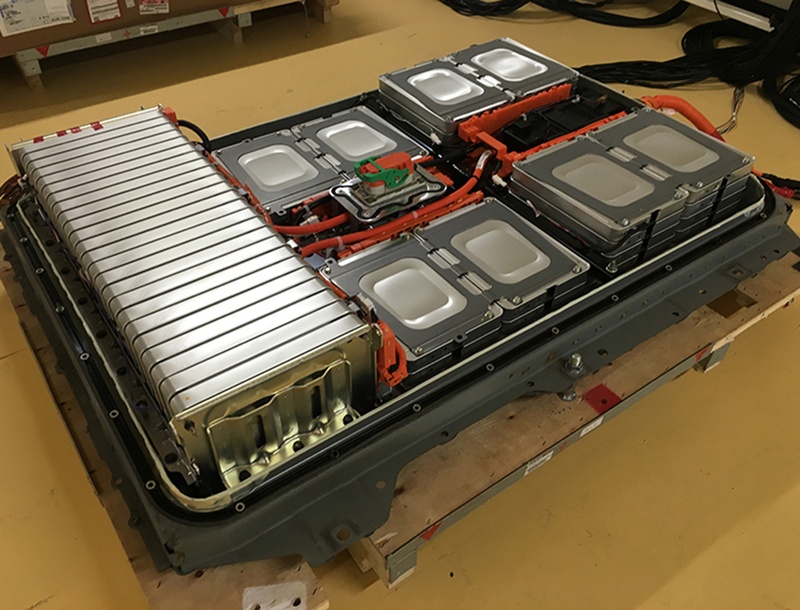
1. Range Anxiety: The Constant Shadow of EV Ownership
Range anxiety continues to be the defining issue of electric car drivers. Even with advancements in battery technology, a 2022 Consumer Report poll discovered that 61% of potential consumers named charging logistics and 55% named range constraints as main barriers to EV adoption (charging logistics and range). For far too many, the freedom of free roaming has been sacrificed in exchange for an interminable game of battery meter and charging spot finder.
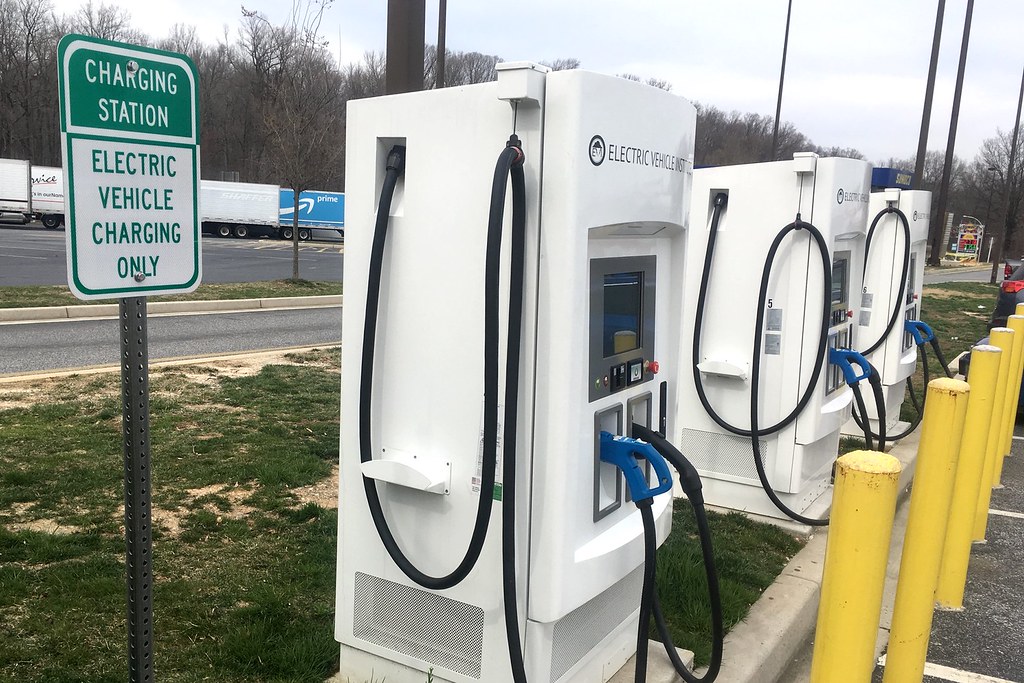
Even with home charging, extended trips necessitate careful planning, and the stress really only gets more severe in places where public charging is spotty or non-existent. The reality, however, is that until charging infrastructure expands, range anxiety will continue to bedevil even the most advanced technology motorists.
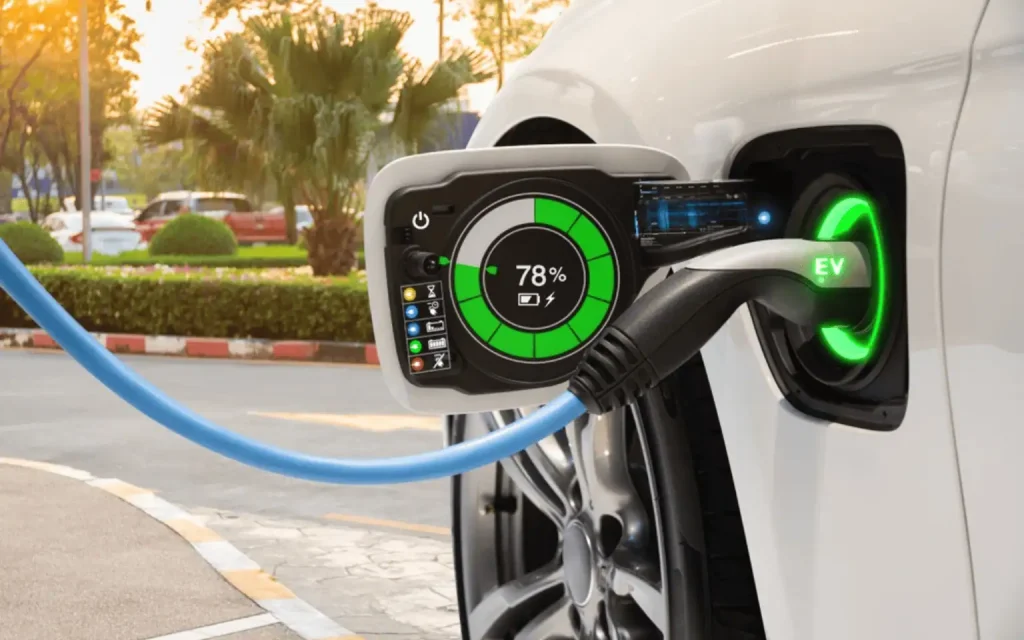
2. Charging Network: Sophisticated, But Still Fragmented
The tremendous growth of EVs has left the rollout of public charging infrastructure behind. In America, only 17% of rural residents possess a public charger within a mile, while 60% of urban residents do so (charging access gaps). Even in the most sophisticated state with the highest EV penetration, California, there is one public port per 29 EVs. Reliability is also a hindrance: According to J.D. Power, one-fifth of public charging attempts fail, typically due to faulty or incompatibly installed hardware (charging reliability).
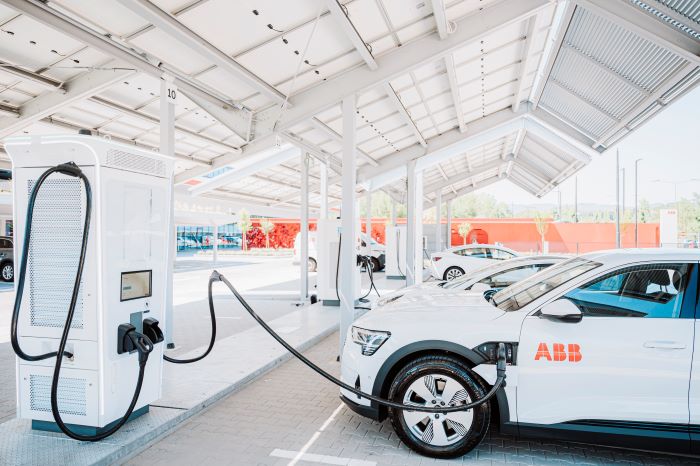
Payment systems are also fragmented, with some charging points billing by the minute, others by kilowatt-hour, and prices varying with the time of day. For urban apartment dwellers or those without off-street parking, the absence of convenient, reliable charging can make EV ownership a logistical horror.
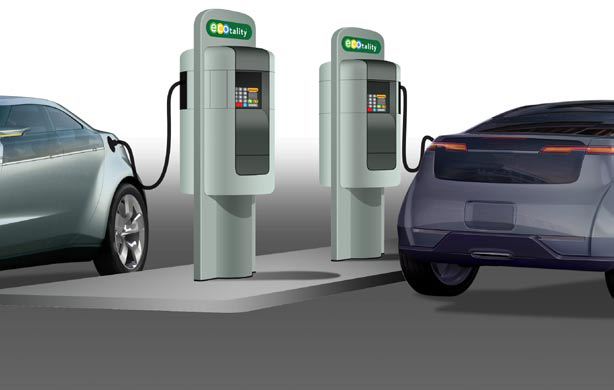
3. The Secret Costs: Electricity Rates, Insurance, and Depreciation
While EVs are designed to be less expensive to run than gasoline-powered vehicles, reality is complex. Electricity prices fluctuate wildly Louisiana customers pay only $0.0751 per kilowatt-hour, while residents of Hawaii shell out as much as $0.2755 per kWh. For most consumers, electric bills will add up or even triple every month with frequent house charging. The installation of a Level 2 charger will be more than $1,800, and in demand-charge territories, the cost benefits will disappear rapidly.
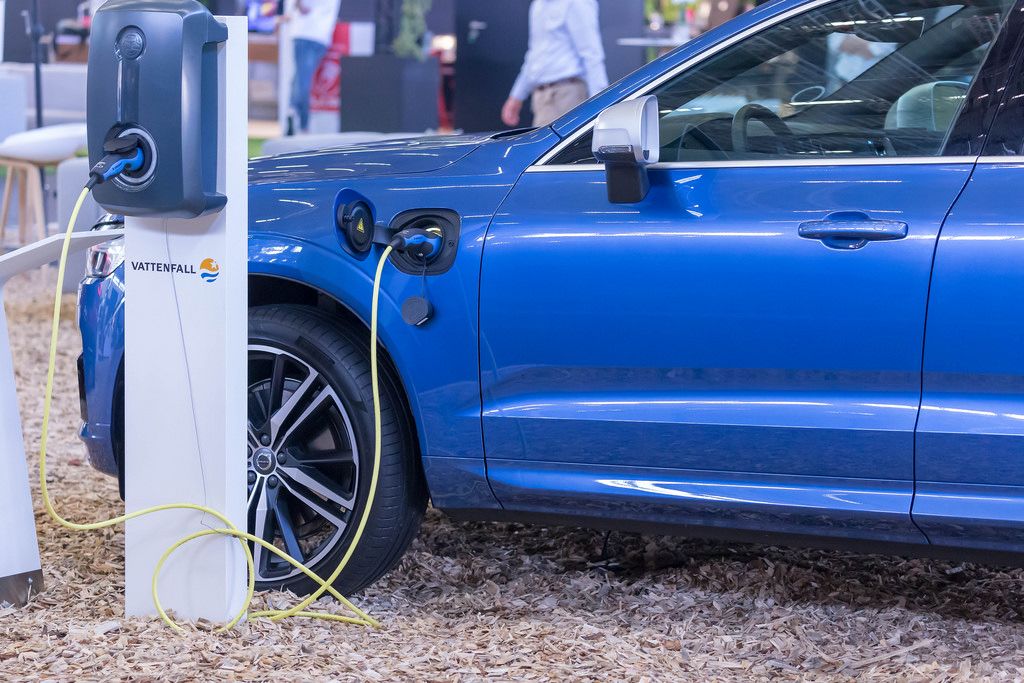
Premiums for insurance are typically 15% greater on EVs to account for the expense of custom parts and dainty repair networks. And arguably worst is depreciation: When new models with greater range and capabilities appear on the market, older EVs depreciate at a quicker rate than their gasoline counterparts (rates of depreciation). Cari Crane, Director of Insights at ALG, says, “the expensive nature of electric vehicles helps to drive their quicker depreciation.”
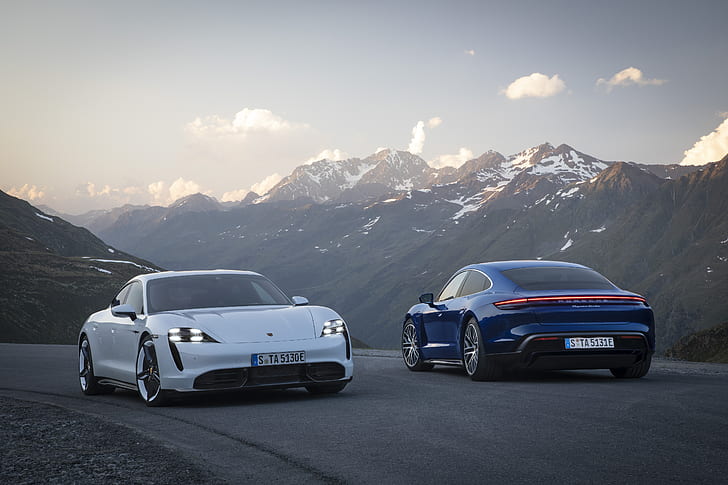
4. Degradation of Batteries: Technology Gets Better, But Physics Doesn’t
Today’s EV batteries are stronger than ever, with current numbers reporting a mere 1.8% average yearly degradation rate (battery health numbers). Still, that 250-mile range can fall to 230 miles in less than two years. Patterns such as repeated charging with DC fast charging, weather at high or low temperatures, and maintaining batteries between high or low levels of charge speed up the process (battery aging mechanisms). Liquid cooling systems provide greater protection than air cooling, yet even optimal designs cannot remove the impacts of usage and time.
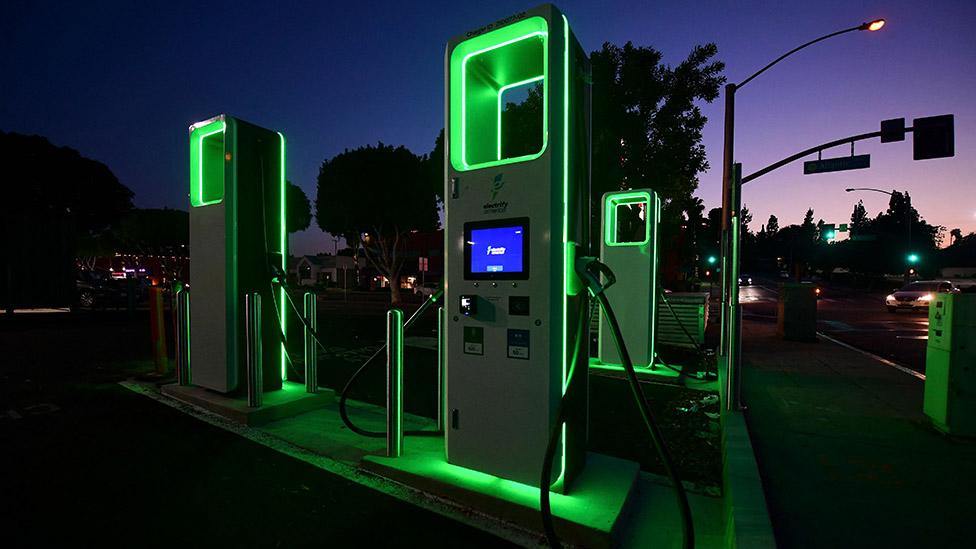
As one report concluded, “battery aging has a significant impact on the capability of energy storage, power output capacity, and overall performance of EVs” (battery performance). Drivers in hot or cold climates will see more extreme loss of range, with 30-40% winter losses quite common.
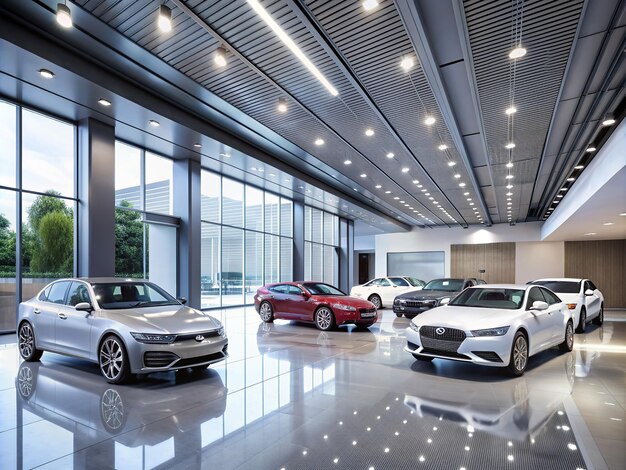
5. The Mainstream Barrier: Cost and Consumer Perceptions
Beneath a tsunami of models on offer and subsidies from the government, the EV market remains dominated by more expensive cars 78% of EVs sold are premium segment ones (premium segment dominance). The price tag of new EVs has fallen to barely more than $50,000, bridging the gap with gasoline models, but genuinely affordable cars remain few. As J.D. Power’s Elizabeth Krear has it, “Almost a third of all consumers now say they are ‘very likely’ to buy an EV for their next purchase.” Mainstream customers, however, are wary, complaining about price, charging inconvenience, and long-term value issues. Automakers are at a crossroads: price reductions would spur sales but would be “very painful for carmakers,” says CoPilot CEO Pat Ryan. The outcome is a transition market, with the early adopters giving way to a broader, more depressed public.
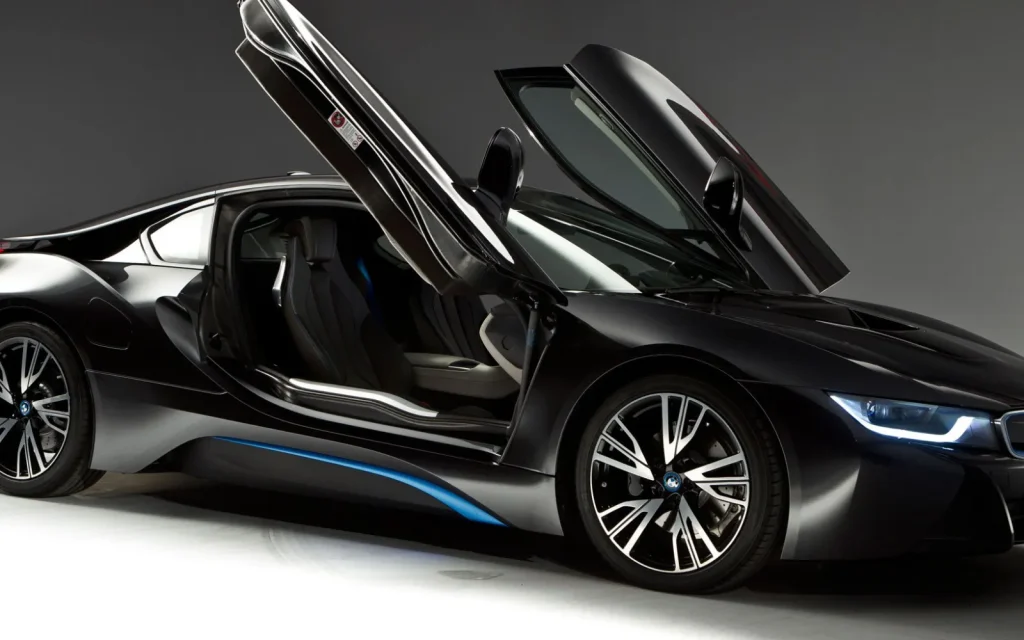
The landscape of electric vehicles in 2025 is one of dualities sheer technological advancement side by side with ongoing real-world issues. For EV owners today as well as future owners, a clear grasp of such nuances is vital. With widening infrastructure, economies of scale bringing prices to earth, and battery technology advancing even further, the promise of electric mobility gathers definition. Simultaneously, a clear-eyed perspective on the compromises needs to be held so that wise life choices on the electric frontier are made.

